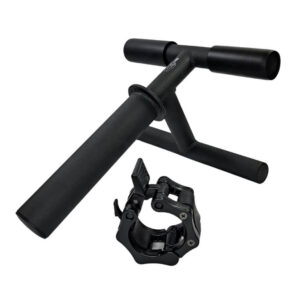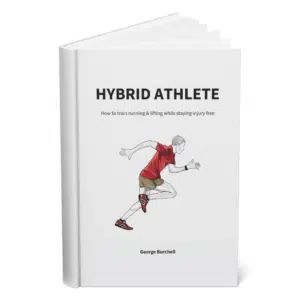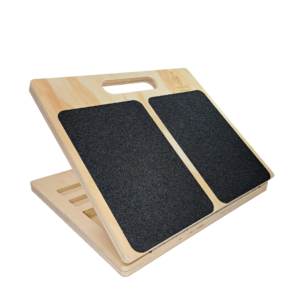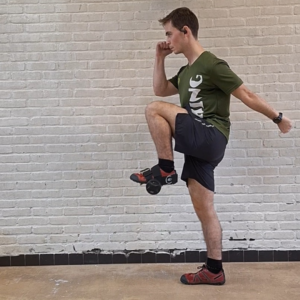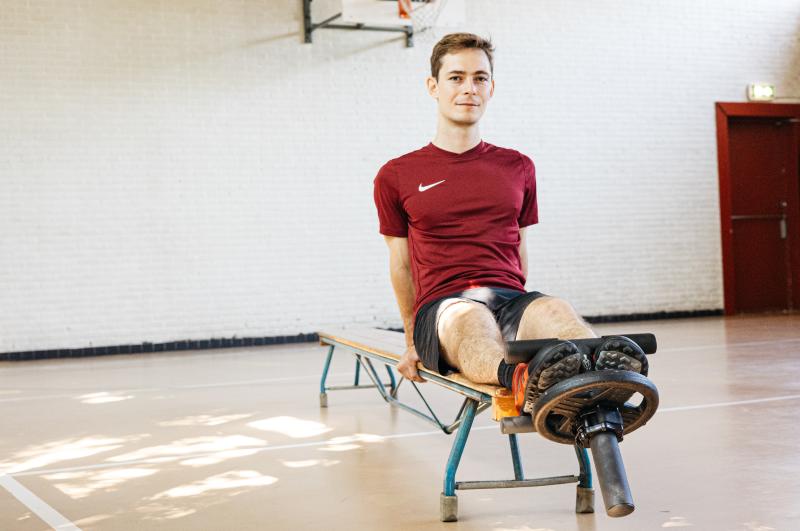
Table of Contents
If you’re looking to add a new twist to your leg days, let’s talk about the tib raises (aka tib raises). This underrated exercise can be a game-changer for your lower legs, especially knees and ankles.
As someone who’s had their fair share of gym adventures (and mishaps), I’ve come to appreciate the subtle power of targeting the tibialis anterior muscle. So, let’s break down what makes the tibialis raise such an essential part of a balanced fitness regimen.
What Does the Tibialis Raise Do?
In short – it targets the tibialis anterior muscle.
This is located at the front of your lower leg, from just under your knee down to the ankle. It’s like the unsung hero (well, among other shin muscles) that keeps your shins in top form.
The tib anterior also enhances ankle stability and lower leg agility.
I remember that time I almost tripped over a dumbbell but miraculously recovered. Yep, that was the tibialis working its magic, helping my legs stabilize quickly.
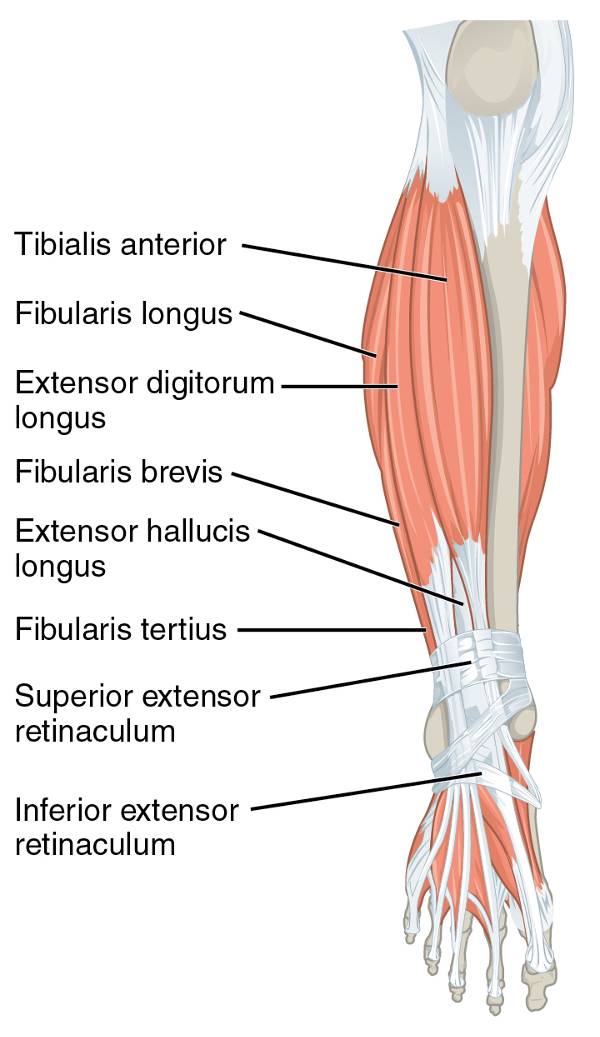
Tib Raises Variations
Standing Tibialis Raise (Against The Wall)
Lean against a wall, lift those toes, and aim for 25 reps. It’s simple yet effective, like the classic push-up of lower leg workouts.
If you have tight Achilles tendons (or you suffered from tendonitis), this is the breakthrough exercise for you. Just remember – never work through pain!
Single Leg Tibialis Raise
For those who like a challenge, this variation is great for balancing out those leg muscles. It’s a nice way to implement some unilateral movements, without putting too much strain on your legs right away.
Tib Bar Tibialis Raise
If you’ve got a tib bar, great. If not, you can get creative with kettlebells or plates (but let’s stay safe, no DIY disasters, please).
These tools let you add weight (plates) to tib raises, making your tibs work a bit harder. But, most importantly, a tib bar lets you isolate and target the tibialis anterior directly. You get to control the load and the stretch.
There are two variations, the bilateral tib bars and the unilateral, solo tib bars.
The difference is quite self-explanatory. A regular (bilateral) tib bar allows you to train both of your tibialis at the same time. This in turn allows for more load, and it can help you eliminate disbalances between your legs.
On the other hand, the solo tib bar lets you train your tibialis anterior muscles separately. A solo tib bar raise is not to be underestimated. It can do the same as its older brother, if not more since you get to focus on each of your tibs separately.
Anterior Tib Machine Tibialis Raise
Using gym machinery specifically designed for this can make a significant difference. It’s like having the luxury suite of tibialis exercises. In truth, these machines are made virtually to fit everyone, but that doesn’t always work, due to everyone having a different tibia-to-femur ratio.
And let’s not even start the free-weight vs machine training.
Tib Raises With a Plate or a Kettlebell
There are other ways to do tib raises at the gym. If you place a large bumper plate or a kettlebell correctly, you can get almost the same results as with the tib bar. You can read more on that in our tib raise guidelines just please be careful with these improvisations.
How Many Times a Week Should You Do Tib Raises?
For beginners to advanced gym-goers, I recommend hitting these exercises two to three times a week. It’s like watering a plant – consistent care leads to growth.
Recommended Sets and Reps:
Aiming for 12-25 reps is a good range. It’s about finding that sweet spot where you challenge yourself without overdoing it. The recommended standard for tib raises is performing them with a load equivalent to 25% of your body weight for 5 sets of 5 reps.
Pro Tips and Cautions:
As for upping the game, try moving your feet further from the wall or using a higher heel for the standing raises (you can always use a slant board). But remember, we’re here for the gains, not the pains – keep it within your comfort zone.
Tib Raises - FAQ
What is a Strong Tibialis Good For?
Beyond looking cool when you jump high af, strong tibialis muscles mean fewer injuries, better performance, and improved balance. It’s like upgrading your legs to a newer, better model.
Dorsiflexion of the Ankle
This is the primary function of the tibialis anterior. Dorsiflexion refers to the action of lifting the foot upwards towards the shin. It’s a movement that’s essential for everyday activities like walking, climbing stairs, and running.
Inversion of the Foot
The tibialis anterior also assists in the inversion of the foot, which means turning the sole of the foot inward. This movement is important for maintaining balance and navigating uneven terrain.
Supporting the Arch of the Foot
By maintaining tension, the tibialis anterior helps support the medial longitudinal arch of the foot. This is important for shock absorption and efficient weight distribution while walking or running.
Stabilizing the Ankle
When you’re standing, walking, or engaging in activities that require ankle stability, the tibialis anterior helps to keep the ankle joint stable.
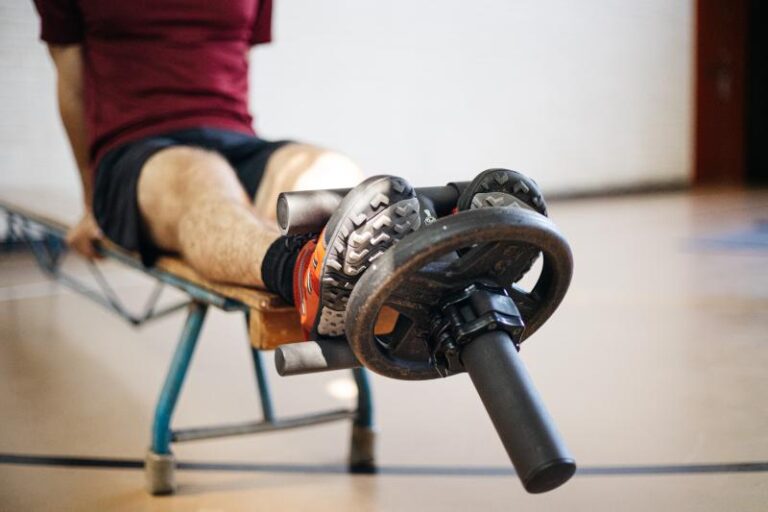
Are Tib Raises Good for Ankles?
Yes, indeed! Strong ankles mean fewer sprains and more stability. Think of it as natural armor for your ankles. Tib raises are an essential injury prevention tool, especially with runners.
Do Tib Raises Help You Jump Higher?
Absolutely. Stronger tibialis muscles contribute to that explosive power in your jumps. It’s like adding springs to your feet!
Can You Do Tib Raises Everyday?
Balance is key. While daily training might sound heroic, your muscles need rest to grow. Think of it like binge-watching your favorite show – a break is sometimes needed.
Do Tib Raises Prevent Shin Splints?
Regular tib raises can indeed help keep the dreaded shin splints at bay. But if you up your game with a tib bar, you can bulletproof those shins faster, and with a more stable progression (because you can add plates).
Wrap Up
As we wrap up, ask yourself: When was the last time you paid attention to your tibialis during your workouts? Are you ready to take your lower leg strength to the next level?
Remember, fitness is not just about the big muscles; it’s about the little ones too.
Embrace the journey, challenge yourself with tib raises, and feel the difference in your strength, stability, and overall performance.

